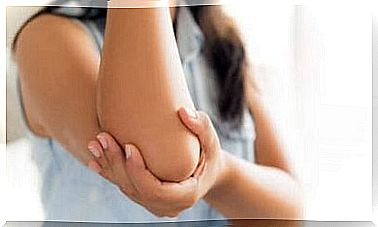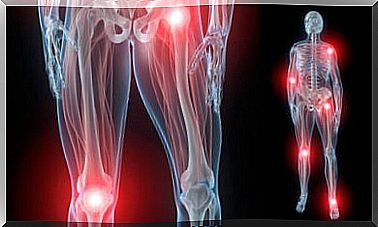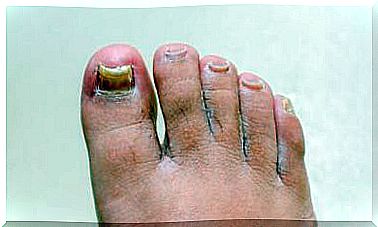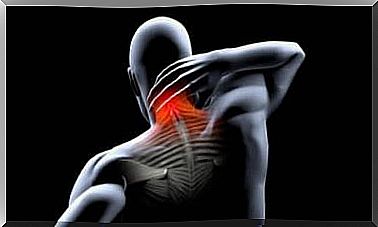Bicuspid Aortic Valve: Diagnosis And Treatment
The bicuspid aortic valve is a birth defect that requires lifelong monitoring and control, despite treatment.

The aortic valve usually has three leaflets. However, some people are born with a bicuspid aortic valve. This poses some problems because the function of the valve is to transport oxygenated blood from the heart to the aorta.
As some studies perfectly point out, this condition is defined as a congenital heart defect which, contrary to popular belief, is quite common.
Although it does not cause problems during childhood, complications begin to appear in adulthood. Therefore, an early and adequate diagnosis will allow to receive a more effective treatment.
Bicuspid aortic valve
Symptoms

The diagnosis of the bicuspid aortic valve is carried out through different methods. However, are there any symptoms that alert us to its presence?
The answer is yes, and from an early age. Therefore, it is important to pay attention to children’s complaints about pain or other symptoms, such as the following:
- Excessive fatigue: at the slightest physical effort, the child feels immense exhaustion which prevents him from continuing his activity
- Chest pain: a slight pain is felt in the chest which may be accompanied by difficulty in breathing
- Palpitations: The heartbeat is usually fast and irregular
- Fainting: Children may pass out due to fatigue, or for no apparent reason. In addition, they often have pale skin
If any of these symptoms occur, it is necessary to take the child to the pediatrician as soon as possible so that he can perform the appropriate tests.
The diagnosis
The diagnosis of bicuspid aortic valve is made by examining the family history. If there is a family history, there is a good chance that this condition is inherited. Then the professional performs a physical examination.
During the exam, he uses a stethoscope to check for irregular heart palpitations and some signs of a heart murmur. Then, to check for the presence of the bicuspid aortic valve, he does an echocardiogram which assesses how well the heart is functioning.
Treatment of the bicuspid aortic valve
There are different types of treatment from which the doctor will choose. However, it is important to mention that regular check-ups are necessary to detect any complications such as an enlarged aorta.
- Valve replacement: the damaged valve is removed and replaced with a mechanical valve or biological tissue
- Balloon valvuloplasty: this technique widens the valve opening which tends to narrow. Therefore, this treatment needs to be repeated several times
- Surgery: The enlarged section of the aorta is removed and then replaced. It is also possible to try to repair the aortic valve
Many researchers are continuing their studies around an effective solution to treat this birth defect which can affect the quality of life.
Lifelong control

Despite treatment, a person diagnosed with a bicuspid aortic valve will need lifelong monitoring. It doesn’t matter how much surgery or valve replacement. Visits to the cardiologist should be made every year to check that all is well and that there are no new problems.
On the other hand, it is a good idea that all close family members of the person with bicuspid aortic valve have an echocardiogram to make sure everything is okay. As we pointed out previously, this congenital defect can be hereditary. Each member must therefore check that their valve is functioning correctly.
Finally, we hope that this article has enabled you to learn more about this malformation which may not be noticed at first glance. However, the symptoms are not trivial. Going to the doctor if one of our relatives suffers from this pathology is essential to prevent our health and our quality of life from being affected.









